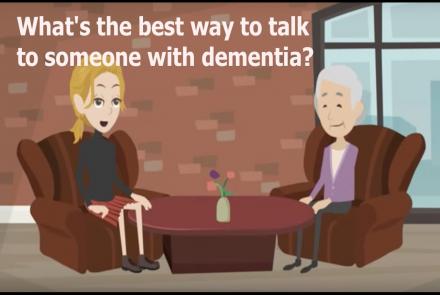Cervical cancer kills one Indian woman every 7 minutes. Mridu Gupta, Chief Operations Officer, CAPED - Cancer Awareness, Prevention and Early Detection Trust, urges every woman to go for regular cervical cancer screening tests and recommends the HPV vaccine for their daughters.
January was World Cervical Cancer Awareness Month. But nobody is really aware of the fact and nobody really cares. Its only another cancer in a long list of cancers, isn’t it?
No. It isn’t. And you should care. Very much…
Latest Stories
- The thyroid gland is fundamental to the functioning of several organs such as kidneys, liver, brain, heart and even skin. Dr Shital Patel explains the common types and causes of thyroid disorders. The thyroid is a butterfly-shaped gland at the lower-front part of the neck, just below the Adam’s apple. It is an endocrine gland made up of two lobes connected by a isthmus. It is responsible for the secretion of thyroid hormones which regulates body processes such as respiration, body…
- Communicating with a person with dementia can be quite a challenge. There are some tips that can definitely help get the attention of the person and not agitate them. Here are some Dos and Don'ts. DO's DON'Ts Approach from the front, make eye contact and introduce yourself if necessary Don’t wave hand while talking as person’s attention could be distracted Speak slowly, calmly and use a friendly facial expression Don’t talk too fast or shout. Shouting out could have negative effect…
- Tips for Caregivers Dementia is a general term for decline in a person's mental ability that is severe enough to interfere with his/her daily life. It may involvememory loss, difficulties with thinking, problem-solving or language. Dementia is progressive, which means the symptoms will gradually get worse. Even though most cases of dementia come from irreversible causes, there is still much that families can do to help their loved ones continue to function as well as possible for as…
- Bhavya Munjal, Clinical Nutritionist & Certified Diabetes Educator at Fortis CDOC (Centre of Excellence for Diabetes, Metabolic diseases & Endocrinology) debunks 12 prevailing myths about insulin used to treat type 2 diabetes. Insulin is the most misunderstood drug. Many patients with type 2 diabetes avoid it and some accuse it of causing diabetic complications. Yet insulin is one of the best treatments available for keeping blood glucose levels in target range. For people who have…
- Nearly two thirds of patients with cancer will undergo radiation therapy as part of their treatment plan. There are a variety of common side effects associated with radiation therapy. Read about prevention and management of radiation side effects excerpted from a booklet of Cancer Patients Aid Association (CPAA). Radiation Treatment Radiation therapy is an extremely important treatment option in the management of cancer. In the last two decades spectacular progress in technology has led to…
- Sciatica pain can cause extreme distress. This is a quick analysis of what causes it and 6 tips on how we can try and prevent it. Sciatica Sciatica pain is the pain and tingling caused by the sciatica nerve. It is usually felt as an intense pain in the leg and the pain travels all the way down from the spine. Sciatica is not a condition but a symptom itself that can have various underlying reasons. Causes of Sciatica pain: Injury or trauma: Direct injury to the spinal column can cause nerve…
- Susmita Mitra, Director - Special Projects at Cancer Patients Aid Association (CPAA), underlines the concerns and worries of cancer patients and emphasizes the importance of Psycho Oncology, a comparatively recent addition in cancer care, to build a positive frame of mind, ease trauma and facilitate recovery. It is well recognized that compared to any other disease, a diagnosis of cancer results in immense trauma to the patient on one hand, and his family members on the other, as they grapple…
- Information about Dry Eyes provided by Dr. Ankita Daftary, Opthalmologist, Mumbai What is dry eye disease: It is an extremely common and often unrecognised disease affecting millions of people. It is a multifactorial disease of the tears and ocular surface that results in symptoms of discomfort, visual disturbance and tear film instability with potential damage to ocular surface. It is accompanied by increased osmolality of the tear film and inflammation of ocular surface. Dry eye disease is a…












